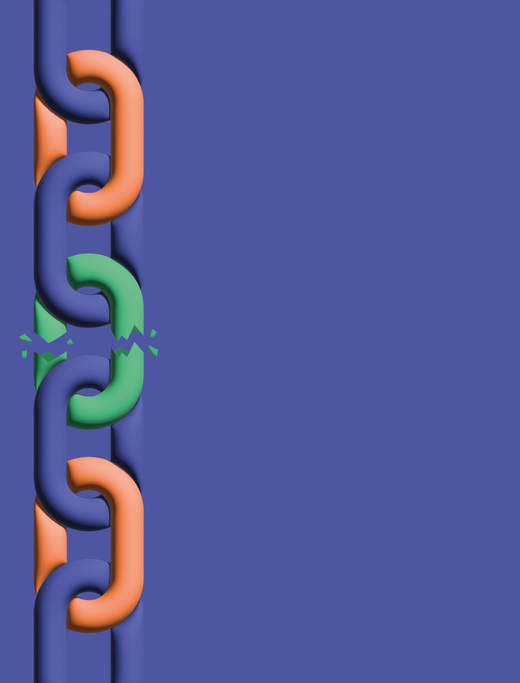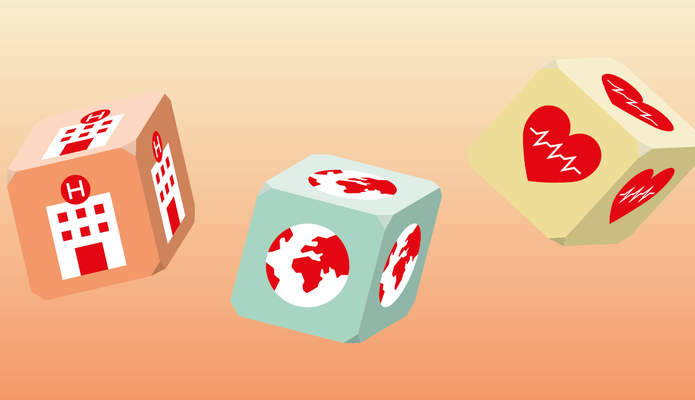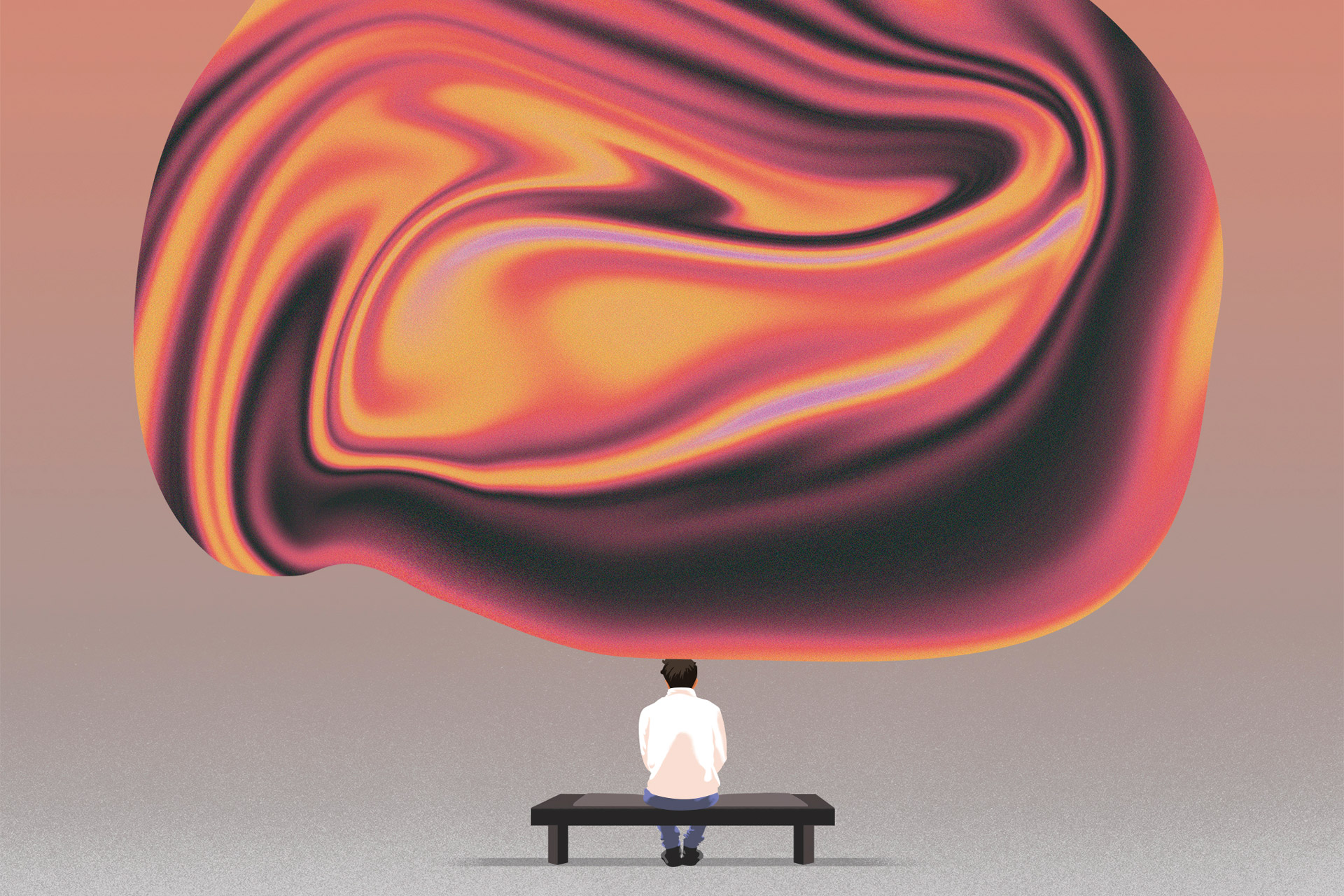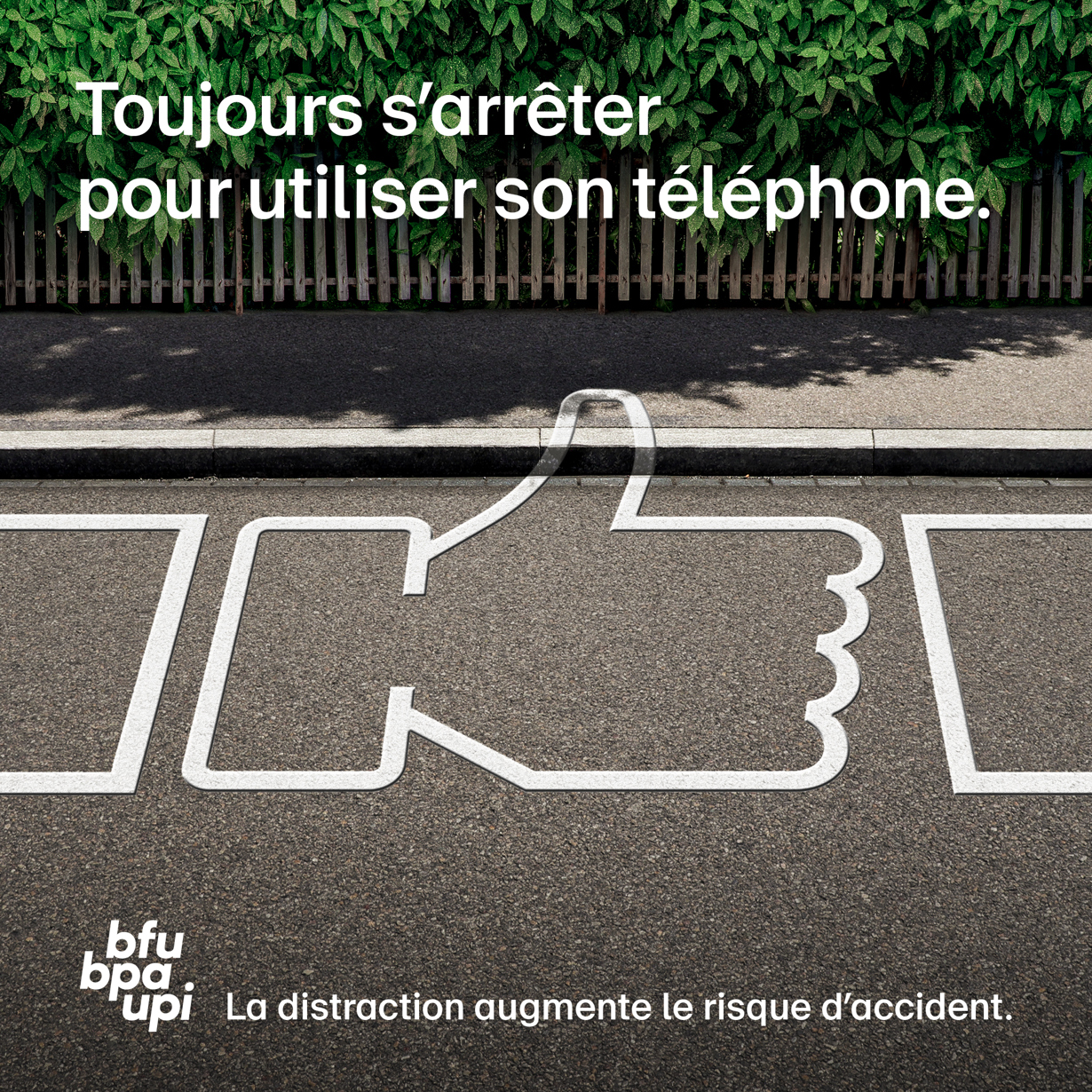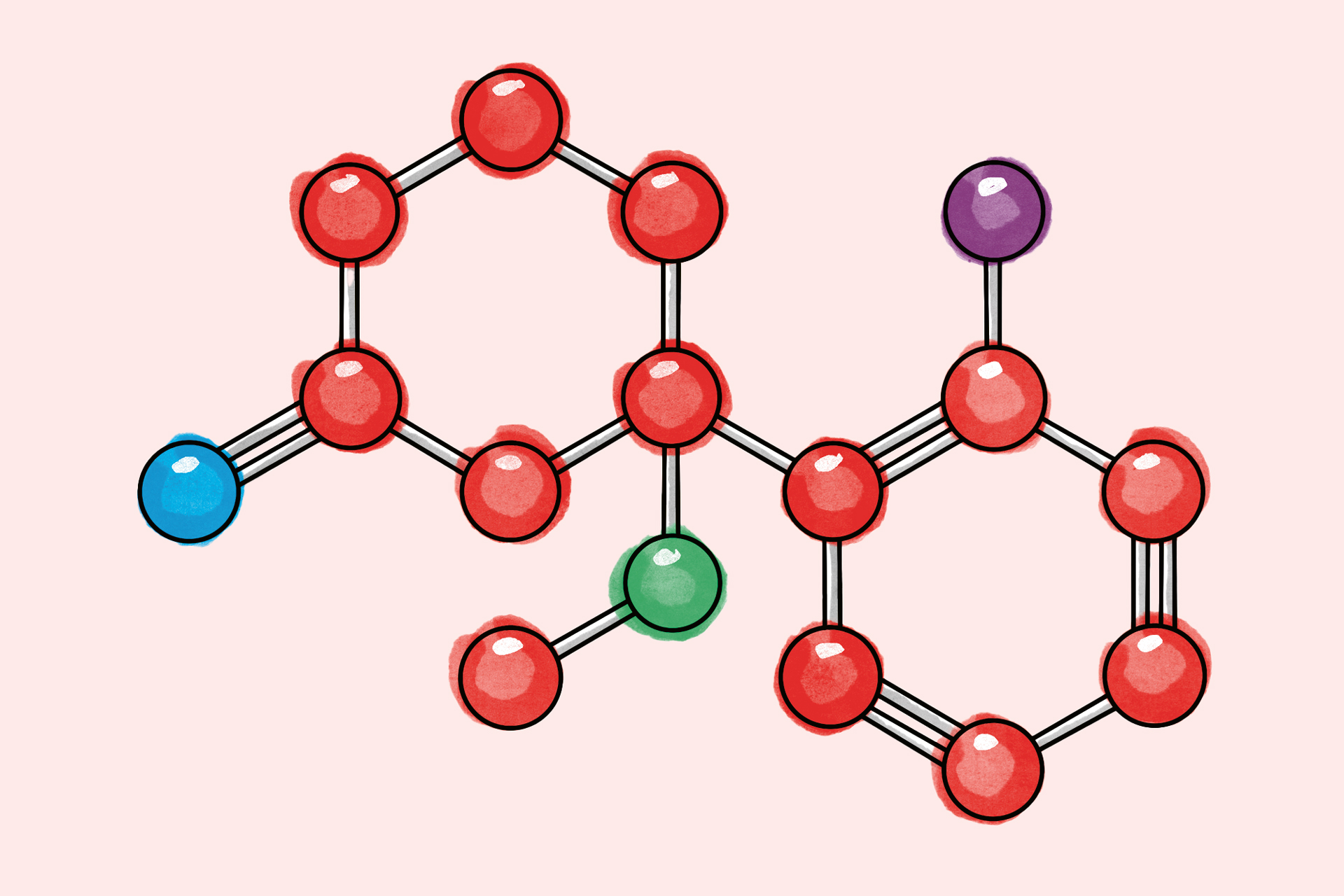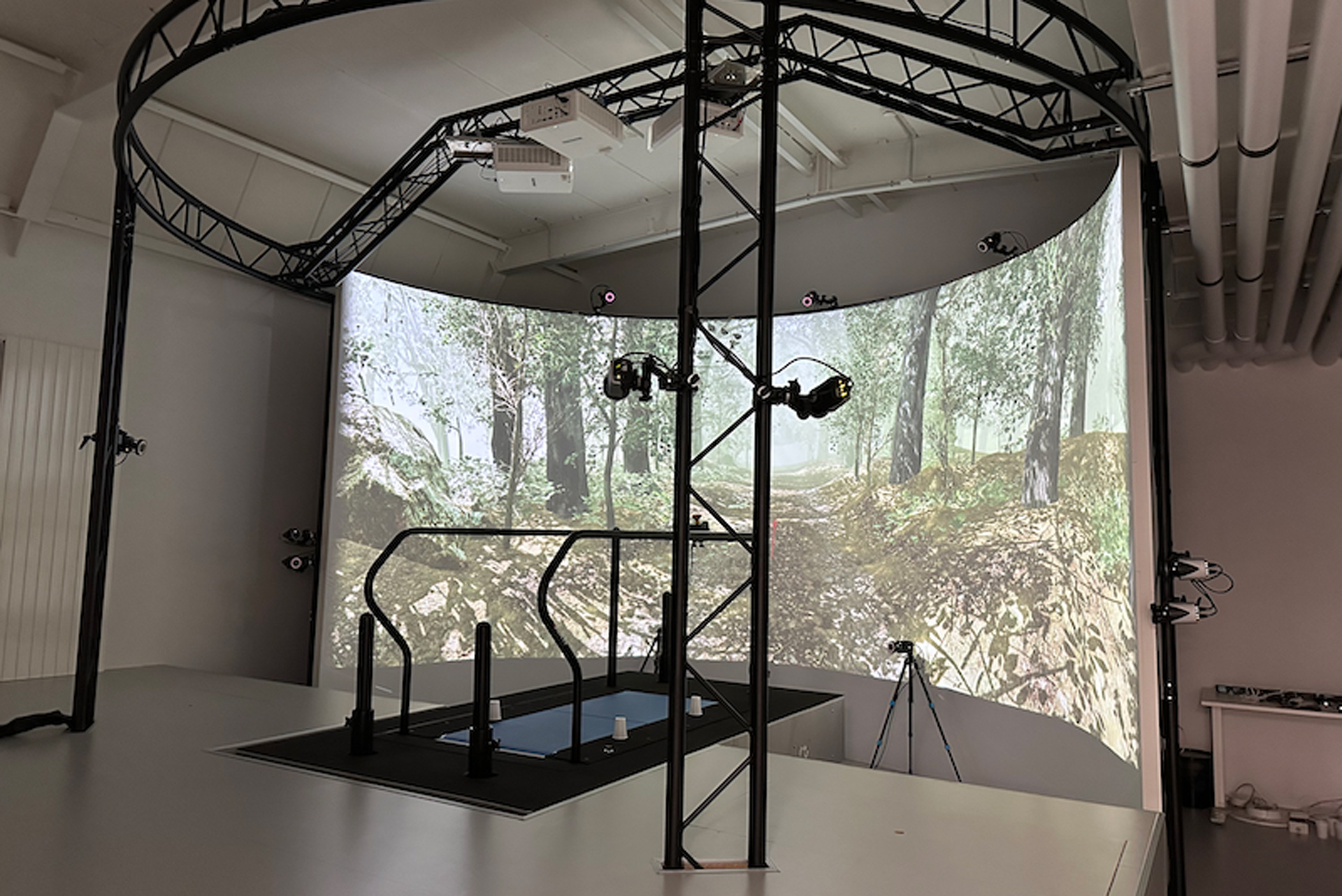
Les actualités du CHUV
Toutes les actualités du CHUVL'agenda du CHUV
Tout l'agenda du CHUV
14
janvier
2025
Formation aux techniques projectives en clinique infantile 2023
14
janvier
2025
Cancers ORL : alimentation à la carte
15
janvier
2025
Psychothérapie(s) transculturelle(s) – Pratiques et enjeux
21
janvier
2025


